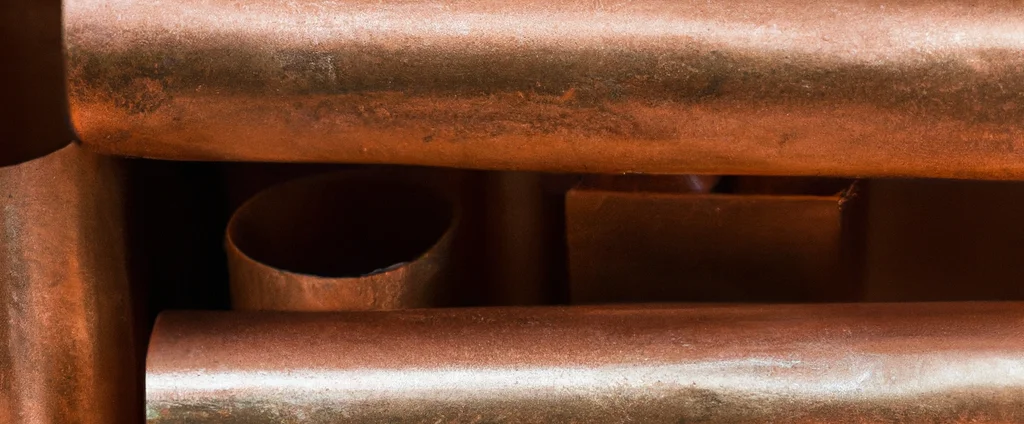Phosphor Bronze (UNS C51000)

Phosphor Bronze C51000 is a copper-tin alloy renowned for its exceptional spring properties, electrical conductivity, and corrosion resistance. It is widely used in springs, electrical connectors, and marine hardware.
| Chemical Composition | ||
|---|---|---|
| Element | Min | Max |
| Copper | 93.6% | 95.6% |
| Iron | —— | 0.1% |
| Lead | —— | 0.05% |
| Phosphorus | 0.03% | 0.35% |
| Tin | 4.2% | 5.8% |
| Zinc | —— | 0.3% |
The following table provides a list of bronze C51000 properties in both SI and US customary/Imperial units.
Click on the button to switch between Metric and Imperial units.
| Physical Properties | Metric |
|---|---|
| Density | 8860 kg/m3 |
| Mechanical Properties | Metric |
| Tensile Strength (Ultimate) | 330 - 960 MPa |
| Tensile Strength (Yield) | 130 - 550 MPa |
| Shear Strength | 250 - 460 MPa |
| Young’s Modulus (E) | 110 GPa |
| Shear Modulus (G) | 41 GPa |
| Elongation at Break | 60% |
| Poisson’s Ratio (ν) | 0.34 |
| Thermal Properties | Metric |
| Melting Point | 950 - 1060 °C |
| Thermal Conductivity | 84 W/m·K |
| Specific Heat Capacity (Cp) | 380 J/kg·K |
| Coefficient of Thermal Expansion (αL) | 1.78×10-5 1/°C |
| Electrical Properties | Metric |
| Electrical Conductivity | 1.04×107 S/m |
| Electrical Resistivity | 8.7×10-8 Ω·m |
The values in this table are approximate and can vary depending on various factors such as the specific manufacturing process and heat treatment applied to the alloy.
Advantages & Disadvantages of Phosphor Bronze C51000
| Advantages | Disadvantages |
|---|---|
| High strength | High cost |
| Good spring properties | Limited heat resistance |
| Good corrosion resistance | Brittle at low temperatures |
| Good machinability | Sensitive to certain chemicals |
Applications of Phosphor Bronze C51000
Phosphor Bronze C51000 is utilized in various applications due to its favorable mechanical and electrical properties, including:
- Springs and Fasteners: Its excellent spring properties make it ideal for manufacturing springs, including flat springs, helical springs, and Belleville washers. It’s also used in fasteners like screws, nuts, and bolts.
- Electrical Connectors and Contacts: The combination of high electrical conductivity and corrosion resistance makes this material suitable for electrical connectors, terminals, and contacts. It ensures efficient electrical transmission and reliability in applications such as connectors for electronic devices, automotive electrical systems, and telecommunications.
- Bearings and Bushings: With high strength, wear resistance, and self-lubricating properties, it’s a popular choice for manufacturing bearings and bushings. These components benefit from low friction, good load-carrying capacity, and resistance to wear in applications like automotive engines, machinery, and equipment.
- Musical Instruments: Widely used in the construction of musical instruments, particularly for strings like guitar strings, mandolin strings, and acoustic instrument strings. Its spring-like properties, durability, and corrosion resistance contribute to producing clear sound and extended string life.
- Marine and Coastal Applications: Excellent corrosion resistance makes it suitable for marine environments. Common uses include components such as propellers, shipbuilding fittings, marine hardware, and underwater connectors, where exposure to saltwater and moisture is common.
- Aerospace Components: Employed in certain aerospace applications, including connectors, terminals, and electrical contacts in aircraft systems. The material’s electrical conductivity, reliability, and corrosion resistance are advantageous in aerospace environments.
